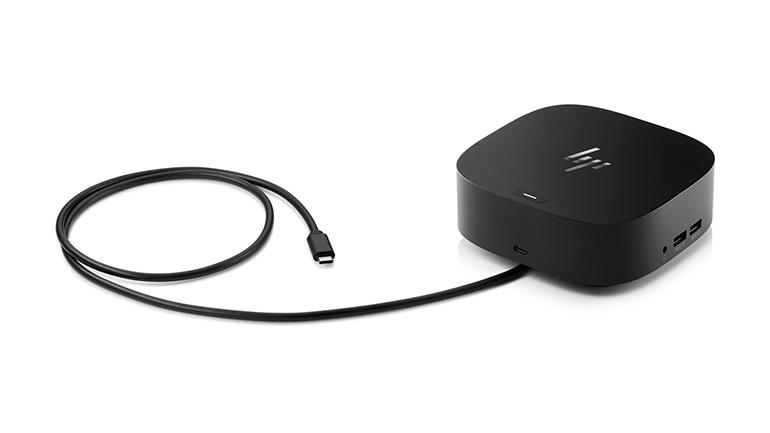In today's fast-paced work environment, efficiency is key. With the rise of remote work and the need for seamless transitions between different devices, having the right tools to optimize your workflow is essential. One such tool that can make a significant difference is a Microsoft Docking Station. This innovative device can streamline your work process, increase productivity, and ultimately help you work smarter, not harder.
The Benefits of Using a Microsoft Docking Station
There are several ways in which a Microsoft Docking Station can transform your workflow and enhance your overall work experience. Here are some key benefits:
Seamless Connectivity
- With a Microsoft Docking Station, you can easily connect all your devices, including monitors, keyboard, mouse, and other peripherals, to your laptop or tablet with just one cable. This eliminates the need for multiple cables and connectors, reducing clutter and simplifying your workspace.
- By having all your devices connected to the docking station, you can quickly switch between different tasks without the hassle of plugging and unplugging cables every time. This seamless connectivity allows for a smoother workflow and helps you stay focused on your work.
Increased Productivity
- By centralizing your devices through a docking station, you can create a more efficient and organized work environment. This can help you save time and be more productive throughout the day.
- With a larger monitor or multiple monitors connected to the docking station, you can improve your multitasking capabilities and work on multiple projects simultaneously. This can boost your productivity and efficiency, allowing you to accomplish more in less time.
How to Set Up and Use a Microsoft Docking Station
Setting up and using a Microsoft Docking Station is straightforward and can be done in a few simple steps. Here's a quick guide to help you get started:
Step 1: Connect the Docking Station to Your Laptop or Tablet
- Start by plugging in the docking station to a power source.
- Connect the docking station to your laptop or tablet using the provided cable. Make sure the connection is secure.
Step 2: Connect Your Devices
- Plug in your monitor, keyboard, mouse, and any other peripherals into the docking station's ports.
- Ensure that all devices are properly connected and recognized by your laptop or tablet.
Step 3: Configure Your Display Settings
- Go to your device's display settings and configure the external monitor or monitors connected to the docking station. You can adjust the resolution, orientation, and other display preferences to suit your needs.
Tips for Maximizing Your Workflow with a Docking Station
To make the most out of your Microsoft Docking Station and optimize your workflow, consider implementing the following tips:
Organize Your Workspace
- Keep your desk clutter-free and organize your devices in a way that is comfortable and convenient for you.
- Use cable management solutions to keep cables tidy and prevent tangling.
Create Customized Workspaces
- Utilize the multiple monitor support of the docking station to create customized workspaces for different tasks or projects.
- Arrange your windows and applications across different monitors to improve your workflow and efficiency.
Conclusion
A Microsoft Docking Station can be a game-changer when it comes to optimizing your workflow and increasing your productivity. By providing seamless connectivity, enhanced multitasking capabilities, and a more organized workspace, a docking station can help you work smarter, not harder. With the right setup and a few simple tips, you can make the most out of your docking station and take your work to the next level.
